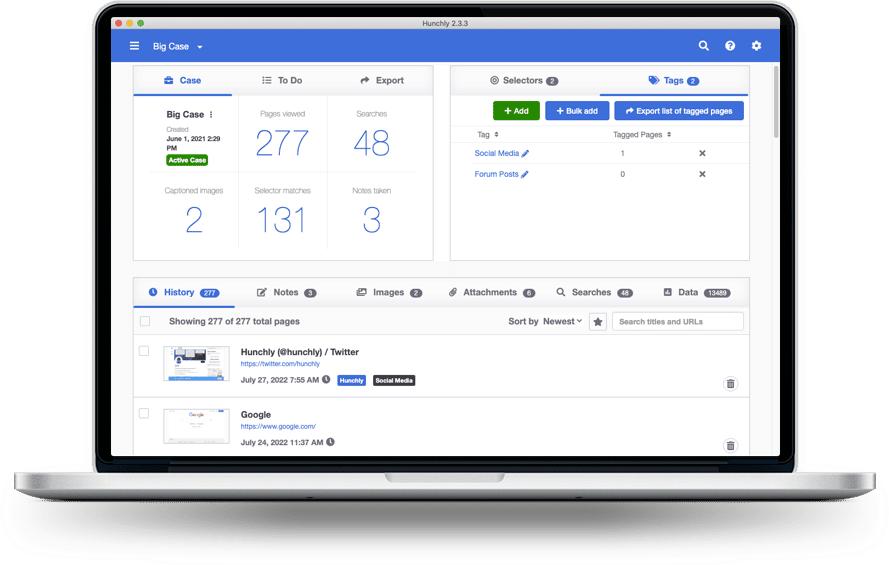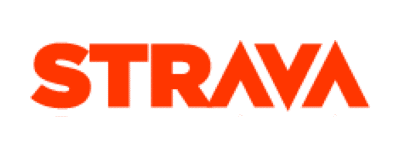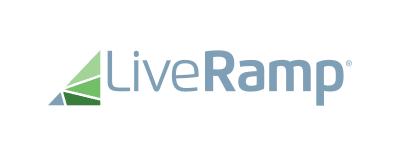A new technological revolution is upon us: transportation is going electric, energy production is shifting to renewables, AI is already here and Web3 is coming sooner than most people think.
It is a turning point for talent acquisition with new specializations popping up each year and an ever-increasing skills gap. Companies can only move forward based on the merits of their tech talent and technical recruiters are the only people who can help find them.
That is why we created the Tech Recruiting Times. We wanted to fill the gap of content for tech recruiters and engineering leaders and help prepare the people on the front lines of these changes.
Every two weeks we will offer advice, opinions, and breaking news through interviews with the industry’s leading professionals.
We hope you enjoy this week’s issue!
This week’s topic
What does a technical sourcer need to succeed now and into the near future?

This week’s guest

Todd W. Davis is the Executive Talent Sourcing Researcher at ServiceNow. Todd started his note-worthy career more than twenty years ago as a Senior Recruiter at Microsoft in the prime days of Windows 2000. From there he made contributions to various companies and helped build IT teams at ADP, find engineers for Amazon’s eCommerce Platform, and even spent some time with Apple as a Sr. Sourcing Recruiter.
Right now, as a researcher, he sources for VP-level roles and works in all things talent intelligence. He conducts research in the field and presents overviews of the data through building profiles, charts, or presentations. Todd is also a familiar face in the conference circuit. He recently presented an advanced session at SourceCon about mapping and presenting a candidate’s digital footprint.
1. What is one of the most overlooked skills of a high-quality technical sourcer?
My title is Executive Talent Sourcing Research. My partners are executive sourcers and executive recruiters. But now there’s been this huge discussion about what is a talent sourcer and what is a talent researcher.
I think they are kin and sourcers can do a lot of work that researchers do. And researchers should be able to do everything that a sourcer does. Because I think the natural progression of the sourcer role is moving into being more research-based.
Now, I am making this point first because when we talk about skills, your organization, methodology, or how you approach your search, aren’t given enough weight.
Rather than asking what the coolest tool is, or what the newest service is, we should be thinking about where you start your search. That includes a plan to organize your data and information, and most importantly, how to use and display it.
We’re moving away from spreadsheet culture — not just at an executive level, but for everybody. We are all more visual today, whether it’s through video, Instagram, or TikTok. How you’re presenting the story you’re trying to tell is really critical.
If you take the time to build a strong methodology, you will put yourself ahead of the rest of your colleagues and peers in the industry.
I’ve done interviews where the first question asked is “where do you start your search when you go to LinkedIn?” And at that point, the conversation is already off the rails — we’ve skipped over how you organize your desktop, where your notes are, and how you prepare to meet a hiring manager.
It’s not the sexiest thing, but it’s so important.
It’s good to move with urgency. But what makes you really efficient and deadly is not just moving with urgency, but with focus and purpose.
2. What methodology or practices should sourcers and recruiters use?
My first response is always to say “find your own truth.” But the foundation of any methodology is the organizational layer. So you should start with how and where you are warehousing your information then start your sourcing combinations.
For example, Hunch.ly, which is popular in the OSINT (Open Source Intelligence) Community, is one way to gather data, put it into a system, and build reports. However, your tool doesn’t define your organization, it really depends on your company’s technology culture. ServiceNow uses primarily Microsoft technologies, so they might employ OneNote to hold information and a data scraper to gather it.

When you decided where to organize your information, you can start thinking about how to approach a hiring leader meeting, a functional area, or a role even if you have no knowledge of that area. Your methodology will guide your research, and show you where to put that information into the tool you’re using. Eventually, after spending enough time, you become the subject matter expert in that field.
Once you have your organizational layer and methodology, you can move on to the next steps of your sourcing strategy. You shouldn’t need more than five steps or sourcing combinations to reach the desired information about a person — it can be dangerous to over-index and go down the rabbit hole.
We live in a world where the information we need is all there, and it’s just a question of how we get to it.
By being prepared, you can show up more intelligently, effectively, and respectfully to hiring leader meetings. Regardless of your level, you’ll be able to add great insight and understanding not just of the role, but of the space and industry.
3. What is the best way for sourcers to share information and intelligence they have gathered about candidates with the hiring manager? And why is it so important to do that well?
I grew up in a recruiting culture where, on our way to the meeting with the hiring manager, we would grab a company-branded notebook and a pen from the supply room. We were ready to sit there in silence and take notes.
But then you become an order-taker. You write down the number of candidates the manager needs, which school they should come from, their experience, etc
At that point, you’re disqualifying yourself as an expert in the field — you’re just a resource or tool for the hiring leader to use. On the other hand, if you take time to understand the field and come in with prepared materials, you become a partner. Even arriving at the first meeting with basic profiles built with your understanding of the area and the little information that has been shown to you, changes the dynamics of the entire search.
This demonstrates a visual approach. I’ve seen sourcers and recruiters show up to a hiring leader meeting and try to articulate their research in spreadsheet format. And you can tell the hiring leader is not getting it and the information is not resonating. On the other hand, we can take your list and put it into a PowerPoint to make it really appealing.
It allows you to showcase your methodology, present a slate of profiles, and visualize the companies you’re sourcing from with logos. Some people say it’s smoke and mirrors, but it’s honestly about how you’re sharing your information.
Something as simple as that builds your personal brand internally in the company. Trust is gained in drops and lost in buckets. Sourcers have to keep that in mind every time they show up to a meeting, they’re either building or breaking down their personal brand and credibility capital.
4. As technology becomes more advanced and tech roles become increasingly specialized, it becomes harder to find passive candidates who have the skills that you need. How do you see the tech industry handling this issue?
First, let’s get this out of the way: I don’t believe there are active and passive candidates anymore.
There are people out there looking for jobs, but they are just people.
Back in the early days of sourcing, we talked about going where the fish are. We used to go to Indeed or other sites to find people at certain levels, or with certain skill sets. But now, even the most skilled people have a digital footprint somewhere. They have Github profiles, they have commented on forums about their interests, and they have contributed to academic research.

I don’t think sourcers will be replaced by tools. Sourcers will influence how tools pull data from different places.
I do think the ones that will get left behind are those TA professionals, sourcers, researchers, and recruiters that haven’t worked on their methodology.
It’s going to be a bad situation for the ones that are just relying on LinkedIn to source. There are a number of problems with just relying on LinkedIn, from fake profiles to data degradation. That is why I never use one single source of data as truth.
What I do, and what others do, is often done manually. We build people profiles and start off with a tool like Chartloop to get a baseline on the organization chart and fill it in by using other resources such as Business Insider or company websites. We’re aggregating that data as a researcher to build a profile or a slide deck.
This is why the future is bright for tools with intelligent search capabilities. They aggregate data from different sources and find commonalities much faster than a team of recruiters. Some tools are already doing that to create complete profiles for candidates. However, human skills are always going to be necessary to interpret and figure things out.
Why should we source from these companies as opposed to others? Who is moving from one company to another? What sales contracts are being signed, and why are those companies successful?
There is always going to be a need for someone like myself to pull that data together and tell a story. We just have to evolve as technology is evolving.
Whenever I talk to new or young sourcers, I advise them to think more about the future. Part of my job at this stage of my career is to inspire people to not stay where they are, but get better, bigger, stronger, and faster, and do it physically, mentally, spiritually, and professionally. Become the best you that you can be, because time is short.
5. Where do you see the sourcer role heading in the next 5 years? How can people prepare?
I don’t think there’s one scenario that fits all, but you’ll have three basic profiles.
You’re still going to have the transactional sourcer just doing the daily grind.
There will still be people who are only valued for being workhorses to review profiles, scrape information from websites, and find candidates en masse to reach out to.
On the other hand, there is another group of people who are going to grow and adapt and become a hybrid sourcer-researcher-advisor that can interpret the data and drive conversations.
The researcher’s role is going to grow to be its own independent thing as well.
To prepare, we have an amazing community of sourcing professionals. Find a mentor — there are people like myself that are more than happy to take time and pay it back or pay it forward because people do that for us. Communities like SourceCon, HRTX, and others are a wellspring of knowledge.
You have to be careful about whom you learn from, but it’s great to have a conversation with one of us who has been around for decades. I compare myself to the number of Jurassic Park movies that have come out. We’re dinosaurs. But dinosaurs have good knowledge, like how to avoid the meteorites and survive the apocalypse.
Get a mentor, plug into the communities, go to some conferences, listen to people, and then make a decision if you want to give your life to sourcing. It paid for a lot of stuff and provided a lot of great memories for me for sure!
Wrapping Up
For more up-to-date information about the state of tech recruiting, upskilling your sourcing team, and the best recruitment tech to use, check out our blog.
Interested in learning more about how Celential is accelerating the development of AI-powered solutions to tech recruiting challenges?
Table of Contents
































